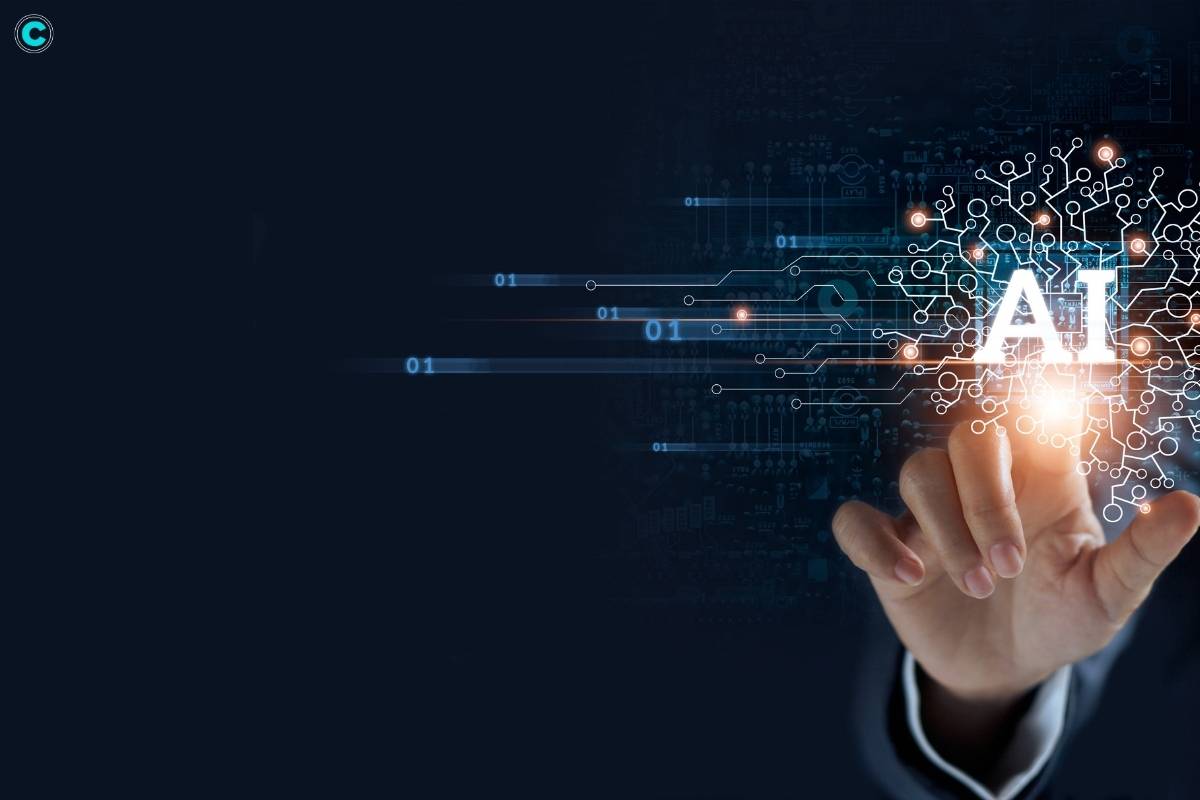The evolution of cyber threats stands as a dynamic and ever-changing narrative. From the early days of computer viruses to the sophisticated and targeted attacks of the present, its journey reflects the relentless innovation of both malevolent actors and the defenders of cyberspace. This exploration traces the historical footsteps of cyber threats, delves into the current landscape, and casts a discerning eye on emerging trends that may shape the future of cybersecurity.
Here Are Cyber Threats: Past, Present, and Future Trends
The Genesis of Cyber Threats:
The inception of cyber-threats can be traced back to the emergence of the digital age. As computers became integral to daily life, opportunistic individuals began exploiting vulnerabilities for personal gain. The first wave of cyber-threats took the form of viruses and worms, often spreading through infected floppy disks. These early attacks were characterized by mischief rather than malicious intent, a far cry from the sophisticated threats of today.
Early Forms of Cyber Threats:
The 1980s witnessed the rise of notable cyber-threats, such as the Elk Cloner virus, considered one of the first in the wild. However, it wasn’t until the 1990s that cyber-threats gained prominence with the advent of the internet. The Morris Worm of 1988 marked a turning point, causing significant disruption and laying the groundwork for future cyber exploits.
The Present Landscape: Sophistication Redefined
Fast forward to the present, and cyber-threats have evolved into a sophisticated ecosystem, fueled by motives ranging from financial gain to espionage and activism. The arsenal of cyber threats includes malware, ransomware, phishing attacks, and advanced persistent threats (APTs). The present landscape is characterized by targeted attacks on individuals, businesses, and even critical infrastructure.
1. Malware and Ransomware:

The prevalence of malware and ransomware has skyrocketed in recent years. Malicious software infiltrates systems, aiming to disrupt operations, exfiltrate sensitive data, or hold information hostage. Ransomware, in particular, has become a lucrative business model for cybercriminals, with high-profile attacks making headlines globally.
2. Phishing Attacks:
Phishing attacks, once rudimentary, have evolved into highly sophisticated campaigns. Cybercriminals employ social engineering tactics to trick individuals into divulging sensitive information. These attacks often target specific individuals or organizations, making them harder to detect.
3. Advanced Persistent Threats (APTs):
State-sponsored cyber espionage has given rise to APTs, where adversaries maintain long-term unauthorized access to targeted systems. APTs are characterized by their meticulous planning, precision, and the ability to remain undetected for extended periods.
Emerging Trends: Navigating the Shifting Terrain
As defenders bolster cybersecurity measures, cyber threats adapt and innovate. Several emerging trends are reshaping the cyber threat landscape, posing new challenges for individuals, businesses, and governments.
1. Cloud Security Challenges:
The widespread adoption of cloud computing introduces new attack vectors. Cybercriminals exploit misconfigurations and vulnerabilities in cloud infrastructure, necessitating a reevaluation of security strategies in the cloud era.
2. IoT Vulnerabilities:
The proliferation of Internet of Things (IoT) devices expands the attack surface. Insecure IoT devices provide entry points for cyber threats, with the potential for large-scale disruptions. Securing the IoT ecosystem becomes imperative in the face of escalating threats.
3. AI and Machine Learning in Cyber Attacks:

While AI and machine learning offer advancements in cybersecurity, they also empower cyber threats. Attackers leverage AI to enhance the sophistication of their attacks, making it crucial for defenders to harness these technologies for proactive defense.
4. Supply Chain Attacks:
Targeting the supply chain has emerged as a favored tactic for cybercriminals. By compromising trusted vendors or service providers, attackers can infiltrate their intended targets, underscoring the need for robust supply chain security measures.
Future Trends: A Glimpse into the Unknown
Looking ahead, the future of cyber threats holds both challenges and opportunities. Anticipating future trends is essential for developing proactive cybersecurity strategies that stay ahead of potential threats.
1. Quantum Computing Threats:
The advent of quantum computing brings the promise of unprecedented computational power. However, it also poses a threat to existing cryptographic systems, necessitating the development of quantum-resistant encryption methods.
2. 5G and Edge Computing Risks:
The rollout of 5G networks and the widespread adoption of edge computing introduce new dimensions of risk. Increased connectivity and reliance on edge devices create fertile ground for novel cyber-threats that exploit these emerging technologies.
3. Biometric Data Security Concerns:

As biometric authentication becomes more prevalent, securing biometric data becomes paramount. Cyber threats may target biometric databases, raising questions about the resilience of these systems in the face of evolving attack vectors.
4. Cyber-Physical Threats:
The convergence of cyberspace and the physical world gives rise to cyber-physical threats. Attacks on critical infrastructure, smart cities, and industrial control systems pose significant risks, demanding integrated security measures.
Conclusion: Navigating the Cybersecurity Horizon
The evolution of cyber threats reflects an intricate dance between defenders and adversaries, where innovation begets countermeasures, and the cycle continues. From humble beginnings as experimental nuisances, cyber-threats have matured into a formidable force with real-world consequences. As the digital landscape evolves, the imperative for robust cybersecurity measures becomes non-negotiable.
In the face of emerging trends and future uncertainties, collaboration, vigilance, and technological innovation stand as pillars of defense. Cybersecurity is not a destination but a journey, requiring continuous adaptation to the evolving threat landscape. By understanding the past, navigating the present, and anticipating the future, we equip ourselves to navigate the complex and ever-changing terrain of cyber threats. The evolution of cybersecurity is a testament to the resilience of human ingenuity, marking our commitment to securing the digital realms we inhabit.






